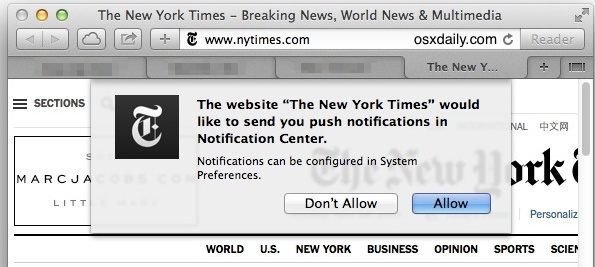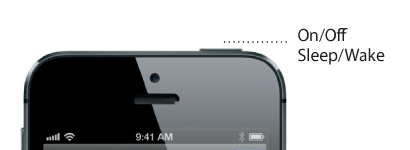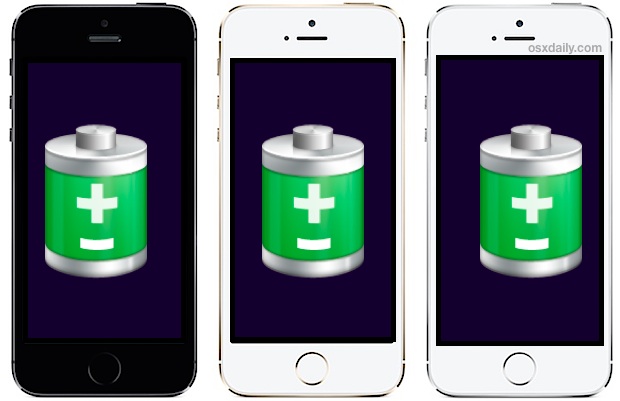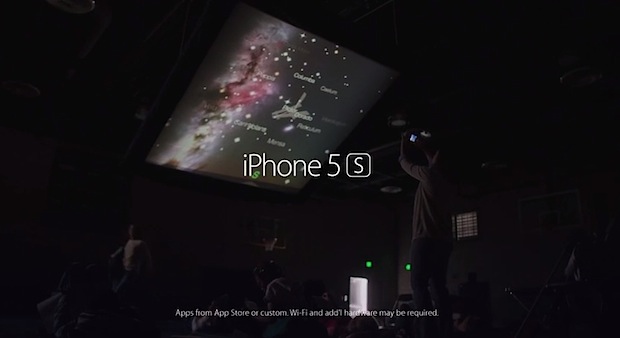Yes, You Can Recover Photos from an iPhone Backup
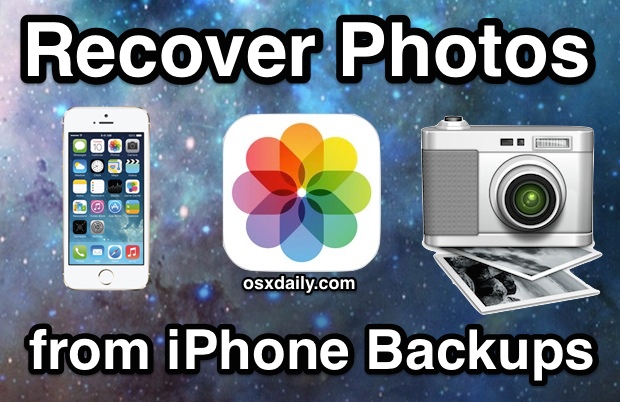
The iPhone has quickly become the go-to digital camera for many of us, storing thousands of memories and moments in images. But if you lose an iPhone, it becomes broken, or succumbs to water, you may be left with a situation where all you have is an iPhone backup file and no direct access to the photos. The good news is, as long as you have regular backups made of your iPhone, you can probably recover the photos. The possible bad news is you’ll need to have a recent backup made if you want to get all your pictures back, this is yet another reason why it’s absolutely essential to make regular iPhone backups, preferably both to iCloud and to a computer using iTunes.
Assuming you have an iPhone backup handy, you can recover the photos from that backup. We’ll cover two ways to do this, one is a manual method of using the backup from iTunes or iCloud to restore to an iPhone, and the other approach uses a third party app that can extract photos directly from an iPhone backup file left on your computer as made through iTunes. So long as you have backups handy, either approach will work, but you’ll need to use whichever approach is most appropriate for your situation. For example, if you have another iPhone handy or just got a new iPhone to replace a missing one, use the traditional restore method, whereas if you only have a backup file with no phone, you’ll need to use the third party app solution.
Read more »

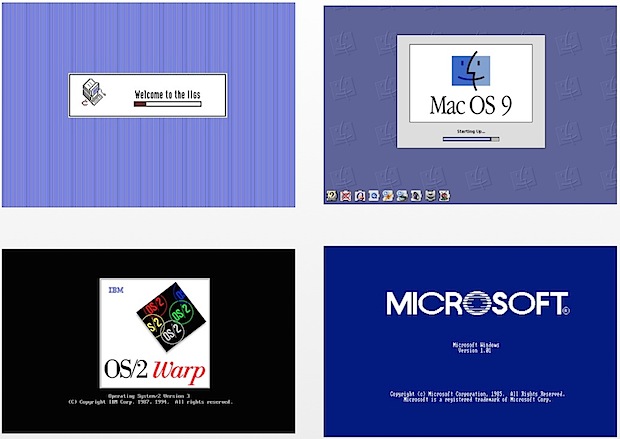
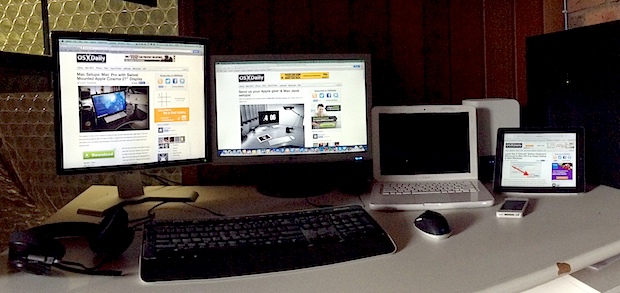
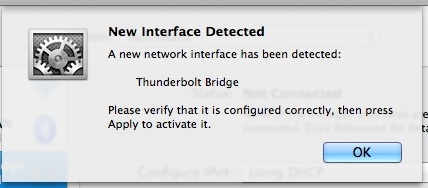

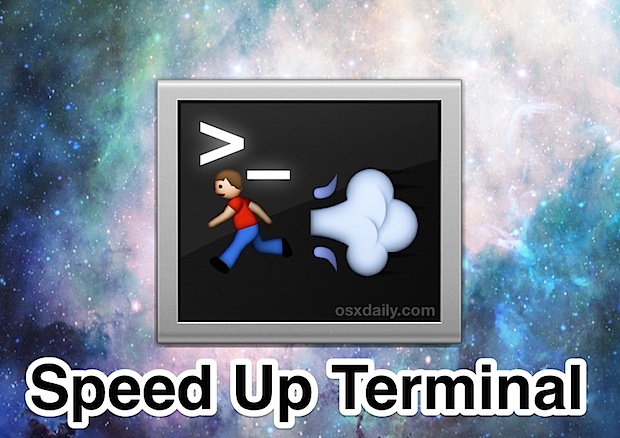
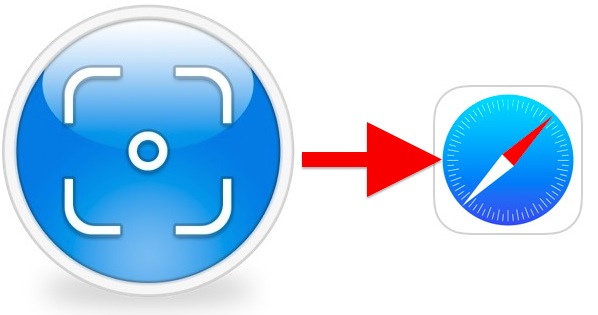


 Push Notifications sent to Safari in Mac OS X are generally thought of as really great or really annoying, depending on user opinion. If you’re in the latter crowd that finds Safari Push Notifications to be a nuisance, you can now set Safari in Mac OS X to never allow websites to ask for permission to send your Mac Push Notification alerts, effectively disabling the nagging feature that pops up a request on some websites. If you’re unfamiliar with what these Safari requests look like, here’s an example push alert request from NYTimes that pops up when visiting the home page:
Push Notifications sent to Safari in Mac OS X are generally thought of as really great or really annoying, depending on user opinion. If you’re in the latter crowd that finds Safari Push Notifications to be a nuisance, you can now set Safari in Mac OS X to never allow websites to ask for permission to send your Mac Push Notification alerts, effectively disabling the nagging feature that pops up a request on some websites. If you’re unfamiliar with what these Safari requests look like, here’s an example push alert request from NYTimes that pops up when visiting the home page: